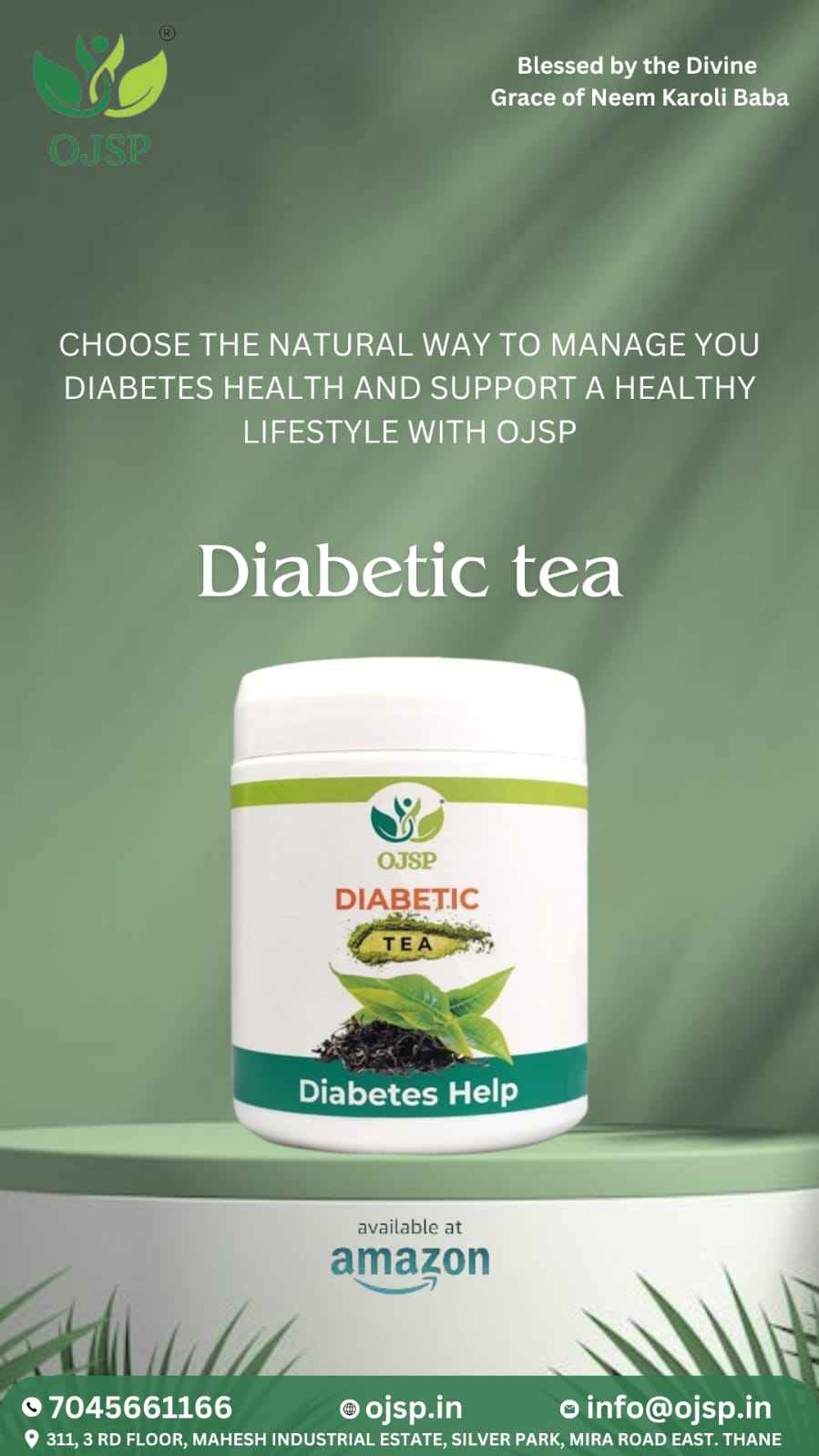Healthcare technology is advancing at an extraordinary pace, with researchers constantly striving to develop innovative tools that improve patient care. One of the latest breakthroughs in medical science comes from a collaborative effort between Penn State University and China’s Hebei University of Technology. Scientists have discovered a game-changing material that could revolutionize health monitoring particularly in tracking wound healing.
For years, one of the biggest hurdles in self-powered wearable sensors has been their inability to separate multiple signals when they occur simultaneously. This limitation has made it difficult to accurately measure different health parameters at the same time. However, this new research has found a way to overcome that challenge by using a special material, laser-induced graphene (LIG).
Imagine a bandage that not only covers a wound but also provides real-time updates on how well it’s healing. This futuristic possibility is now closer to reality, thanks to this breakthrough sensor that can precisely measure both temperature and strain without interference.
Why is this important? When doctors monitor a healing wound, they look for key indicators such as temperature changes (which could signal infection or inflammation) and physical strain (which could indicate the wound is not healing properly). Until now, sensors had trouble distinguishing these two factors when they happened together. But with this advanced technology, both temperature and strain can be separately recorded with high precision, giving doctors a much clearer picture of the healing process.
How Laser-Induced Graphene is Changing the Game
At the heart of this revolutionary sensor is laser-induced graphene (LIG) a unique material that is only a few atoms thick. This special graphene is created when a laser heats carbon-rich materials, such as plastic or wood, transforming their surface into a structured graphene network.
LIG has been studied for various applications before, including gas sensors and supercapacitors, but this research has uncovered something entirely new. Scientists have now found that LIG possesses thermoelectric properties, meaning it can convert temperature differences into electrical voltage. This discovery makes it perfect for self-powered health sensors.
By leveraging this thermoelectric effect, researchers have successfully decoupled temperature and strain measurements, eliminating the interference problem that has long plagued wearable health sensors.
Why This Matters for Wound Healing
When a person suffers from a severe wound, it is critical to monitor it closely for signs of infection or delayed recovery. Normally, doctors have to rely on visual inspections and periodic check-ups, which can sometimes miss early warning signs.
With this new self-powered sensor, doctors can continuously track:
• Temperature changes – A sudden rise could indicate infection.
• Physical strain on the wound – Excessive strain could mean the wound is not healing properly.
The best part? The sensor doesn’t need an external power source. It generates electricity from temperature variations, making it ideal for continuous use in clinical settings.
Unlike traditional sensors made from rigid materials, this new LIG-based sensor is highly flexible. It can stretch up to 45% and easily conform to different surfaces, making it more comfortable for patients.
The sensor’s porous structure also enhances its sensitivity. These tiny pores allow the material to interact with its environment more effectively, making it highly responsive to even the smallest temperature changes as little as 0.5 degrees Celsius.
This means the sensor can detect early signs of complications, allowing medical professionals to take action before the situation worsens.
While wound monitoring is one of the most promising uses of this sensor, its potential extends far beyond that. Researchers believe that LIG sensors could be used in multiple industries, including:
• Disaster management – Detecting fires in remote areas by sensing extreme temperature changes.
• Industrial safety – Monitoring equipment strain and temperature in manufacturing plants.
• Wearable health devices – Measuring vital signs in real time without the need for batteries.
One of the most exciting aspects of this technology is its ability to integrate with wireless systems. Scientists are currently working on a way to connect the sensor to smartphones and other devices, allowing real-time remote monitoring.
This could be a game-changer for telemedicine. Imagine a future where:
• Doctors can track a patient’s recovery remotely and intervene if necessary.
• Emergency responders get instant alerts if someone is in a dangerous temperature environment.
• Patients no longer need frequent hospital visits just to check their healing progress.
The research team is now focusing on further refining the sensor, making it even more efficient and adaptable for different medical applications. While clinical trials and regulatory approvals may take time, this discovery is already laying the groundwork for a new era of health monitoring.
The development of this self-powered, multi-functional sensor marks a significant leap forward in medical technology. By accurately distinguishing between temperature and strain, it offers unprecedented precision in health monitoring especially for wound healing.
This breakthrough is not just about better technology; it’s about saving lives. The ability to detect early warning signs of infection or delayed healing could mean faster treatment, fewer complications, and improved patient outcomes.
As scientists continue to refine this technology, one thing is clear: the future of healthcare is smarter, more efficient, and more patient-friendly than ever before.

 As scientists continue to refine this technology, one thing is clear: the future of healthcare is smarter, more efficient, and more patient-friendly than ever before.
As scientists continue to refine this technology, one thing is clear: the future of healthcare is smarter, more efficient, and more patient-friendly than ever before.










.jpeg)




















.jpg)